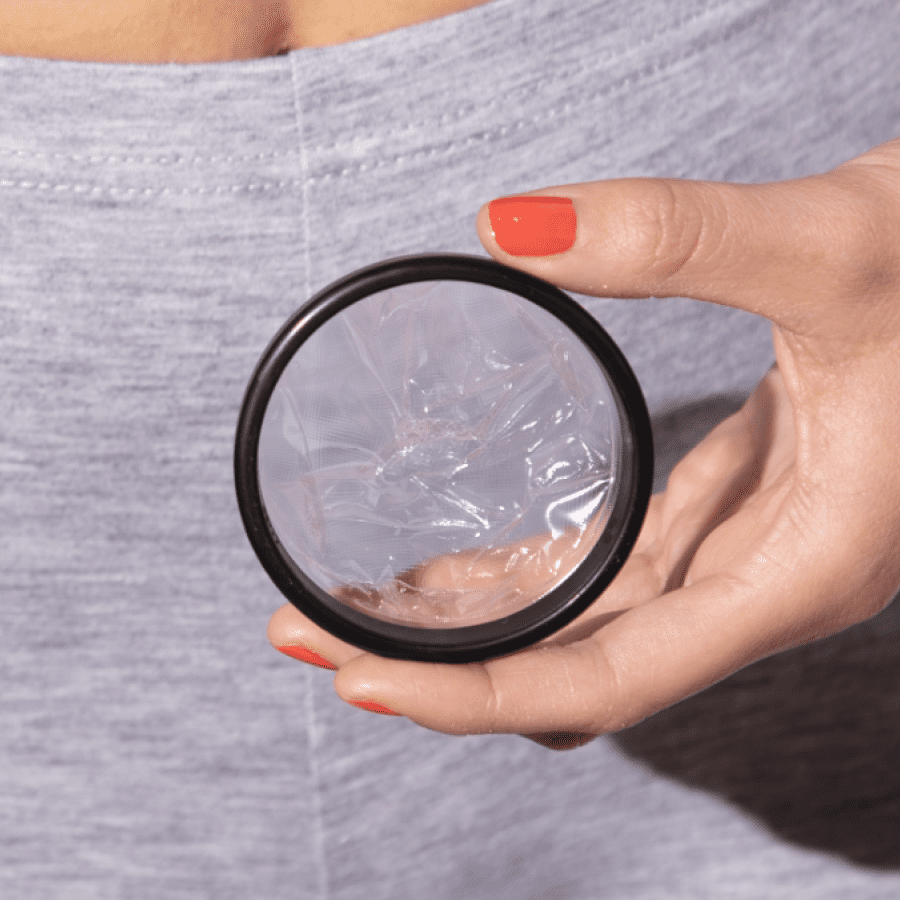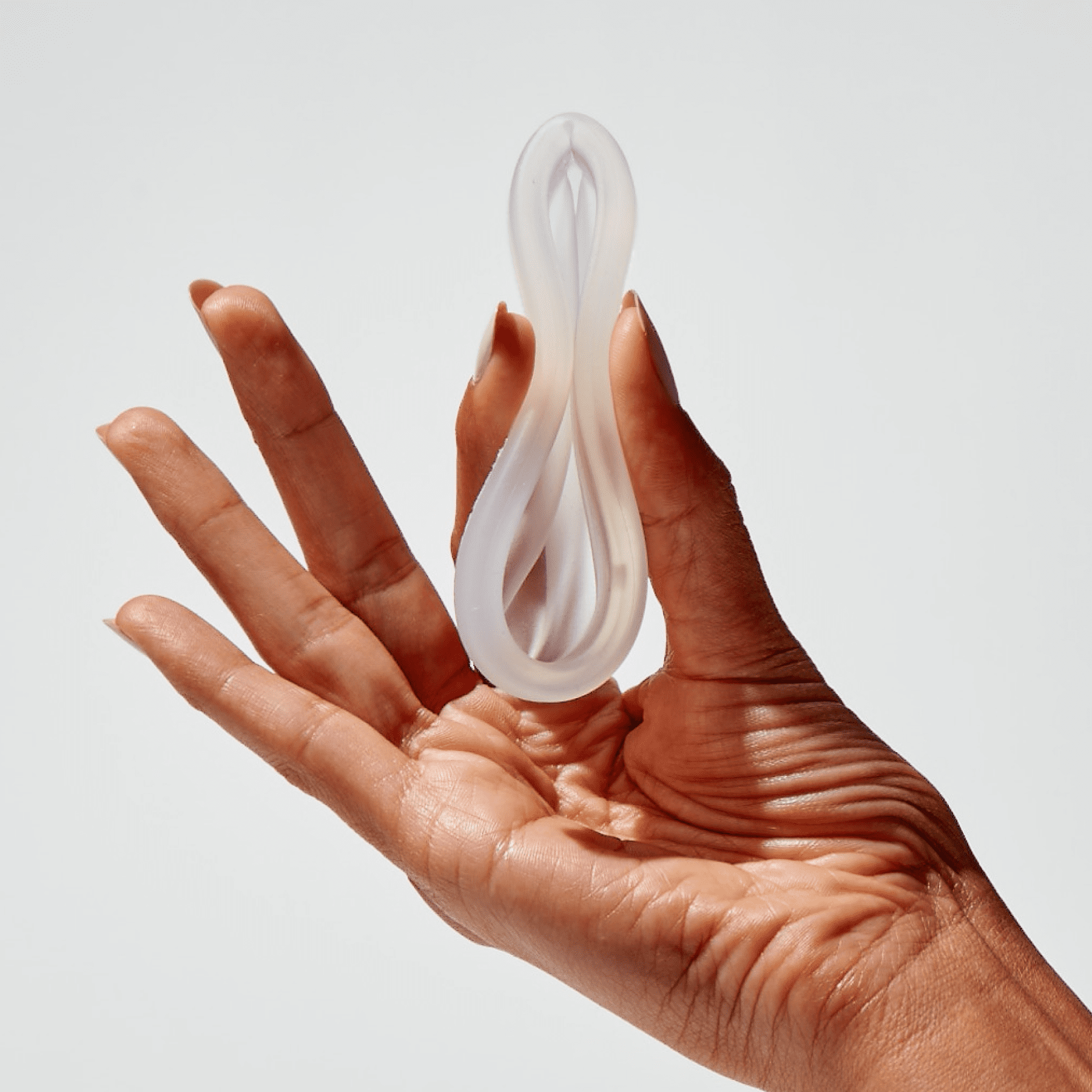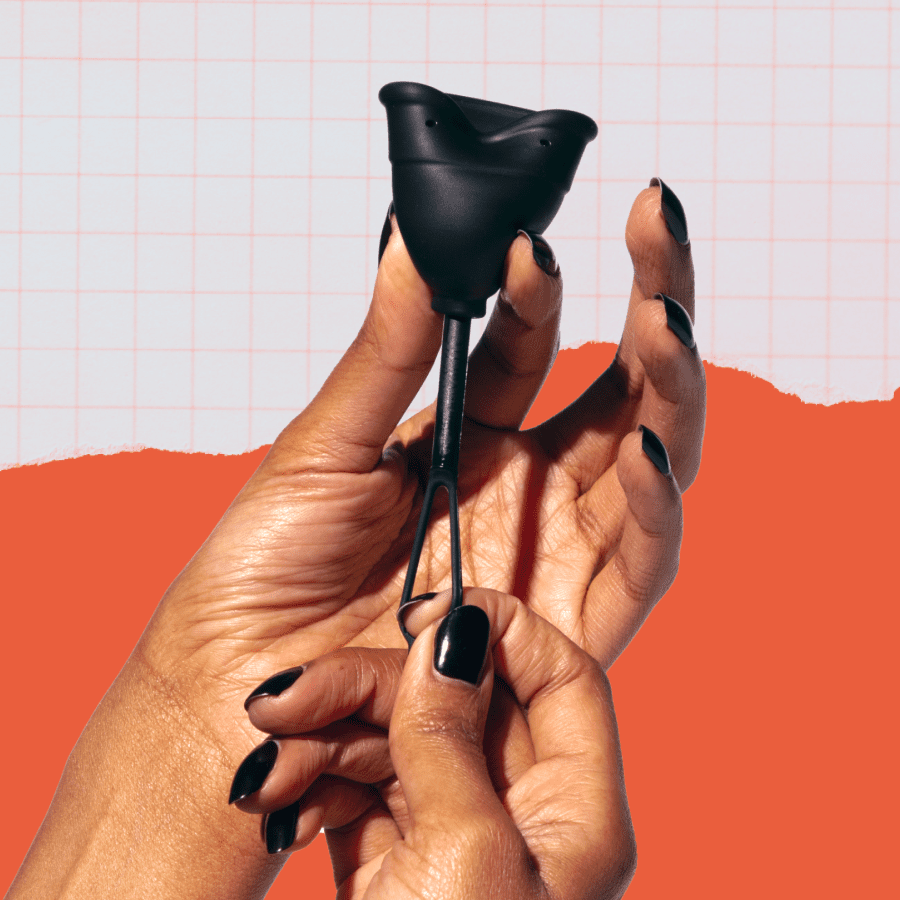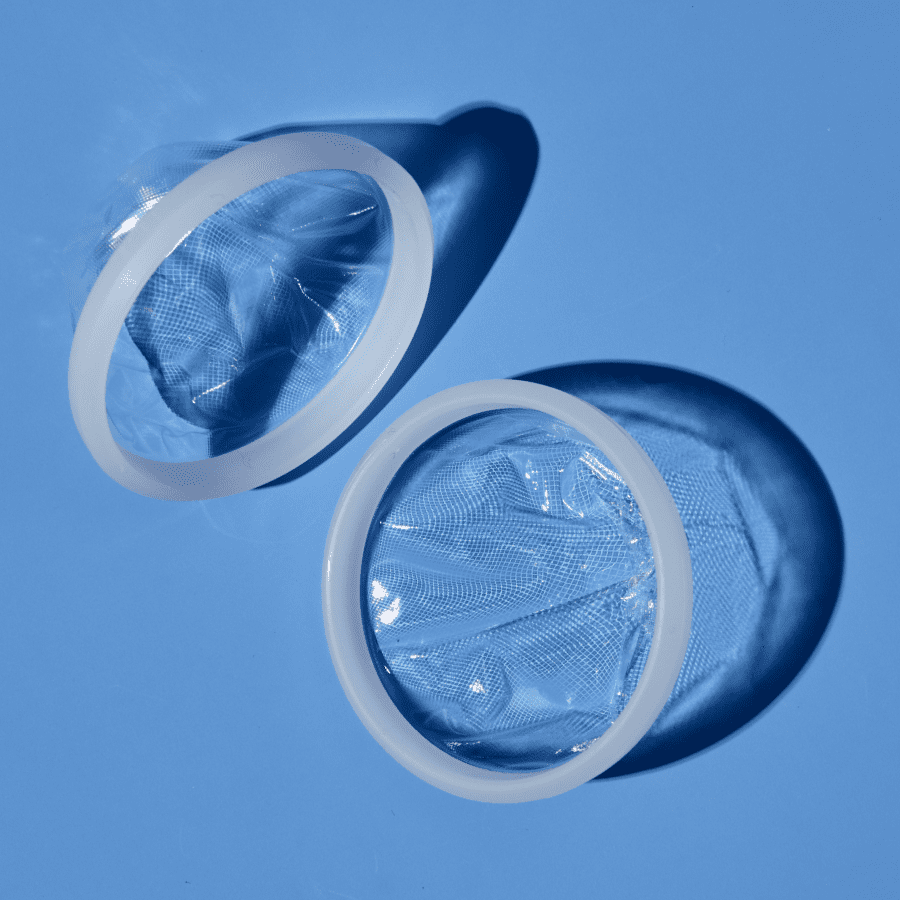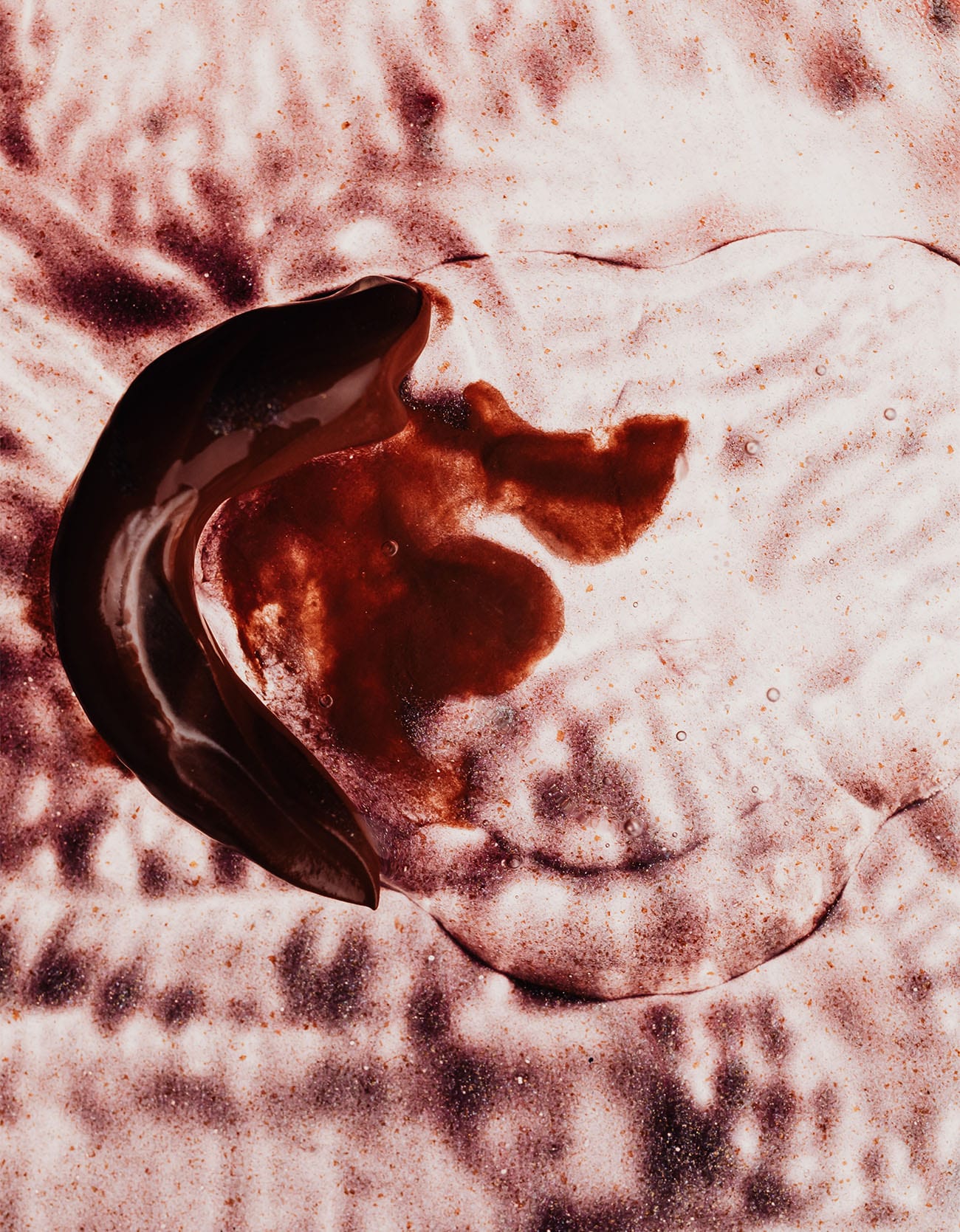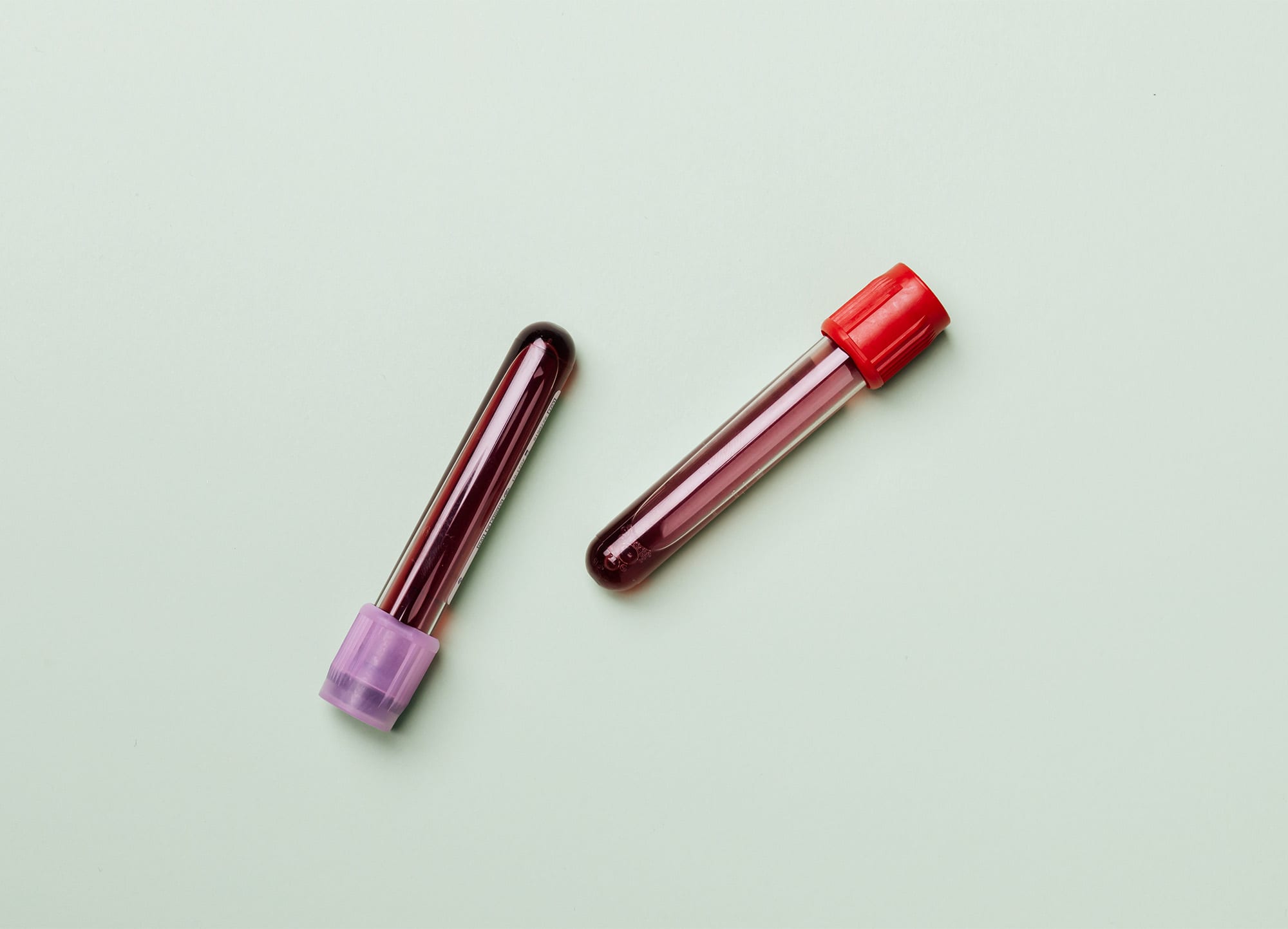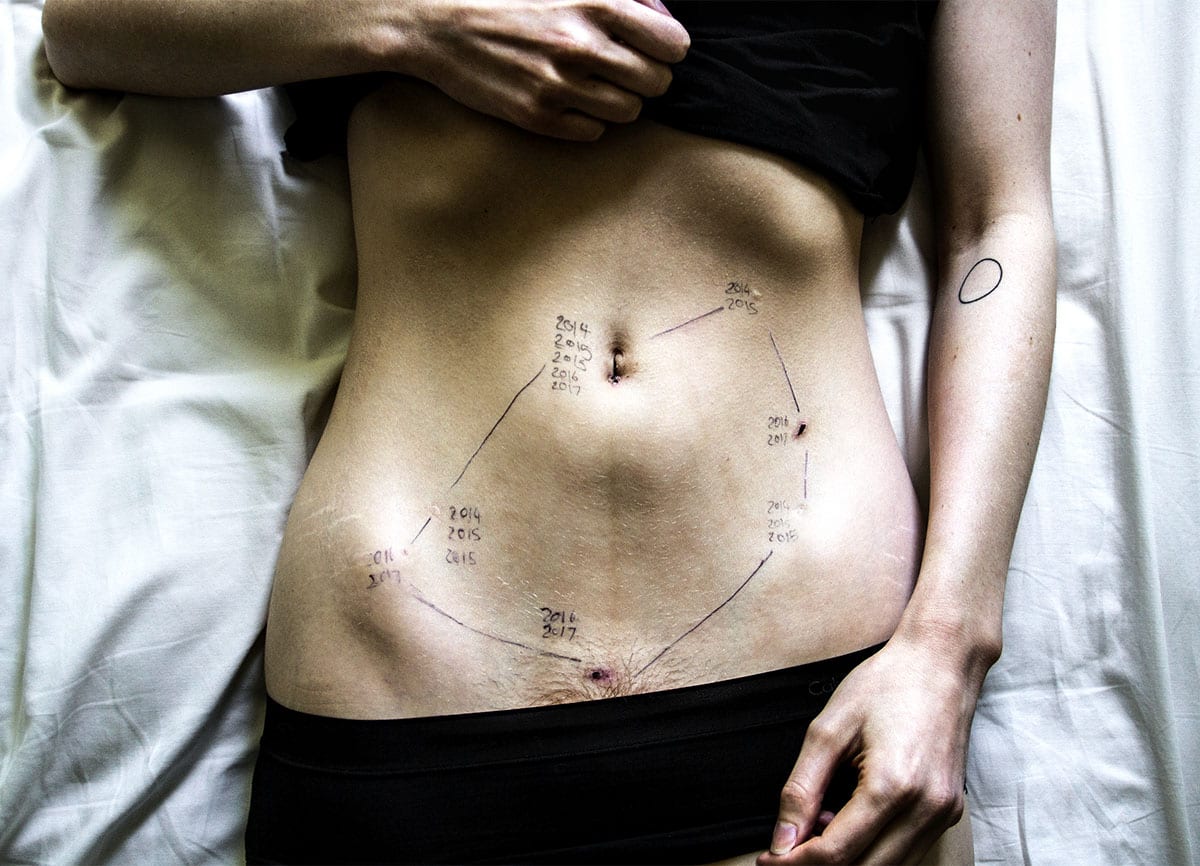Period blood clots: How much is too much?
Everything you need to know about period clots
- Not to be confused with venous or thrombosis clots, which can form in your veins and cause serious problems. Period blood clots are perfectly normal and usually nothing to worry about
- Normal period clots are smaller than a quarter and red, brown, or blackish in color. They show up occasionally and are most common on your period’s heavier days
- Keep an eye on your flow. Abnormal clots tend to be larger than a quarter and may be grayish in color. They may also be accompanied by heavy bleeding or unusual pain
Why do you have period blood with clots?
Is your period clotty by nature? Seeing jelly-like blood clots during periods, is it normal? It might freak you out. However, a menstrual clot is very common and, in most cases, nothing to be worried about.
Period clots happen because, during menstruation, your uterus lining sheds more than just blood. The lining of the uterus (a.k.a. endometrium) sloughs off a mixture of blood, blood byproducts, tissue, and mucus. Apologies if you were about to eat lunch.
This delightful mixture of bodily substances isn’t pure liquid in form. As your period progresses, some of the endometrial buildup will accumulate at the bottom of your uterus. Your body produces substances called anticoagulants to help loosen up and liquefy this material. This makes it easier to flow through the cervix and out through the vaginal canal.
Your body may not make enough anticoagulants to match the amount of fluid and tissue your uterine wall is shedding. 1 As a result, clumps of gel-like clots pass through the cervix. These period blood clots can end up on your pad or tampon, or in your menstrual cup or disc.
There’s still some debate among the scientific community as to whether period blood clot formation takes place in the uterus or vagina. Nevertheless, we do know that they’re a common and normal characteristic of menstrual flow. 2

Period clots vary in color. They go from bright to dark red, blackish, blue- or purple-ish, or even brown. Brown is most common towards the tail end of your menses.
Watch for clots during your period to know what’s normal for you. Occasionally, large or off-colored clots can be a warning sign of a bigger issue.
Read on to learn more about menstrual blood clots and how to tell the difference between normal and abnormal clotting.
Period blood clots: What’s normal & what’s not?
A clot in your tampon, pad, menstrual cup, or menstrual disc does not mean you need to rush to your doctor’s office.
Normal menstrual blood clots are:
- Smaller than a quarter
- Occasional and usually on heavier flow days
- Bright red or dark red
- Blackish, especially if they’re larger
- Brown, especially later in your cycle
That said, sometimes, menstrual blood clotting can be a symptom of another condition.
Look out for period clots that are:
- Frequently larger than a quarter
- Accompanied by heavier-than-usual menstrual bleeding
- Grayish and/or happening when you think you could be pregnant (this could be a sign of miscarriage)
- Accompanied by severe pain that isn’t normal for you
- Accompanied by anemia (low iron levels) or easy bruising 2
Sometimes, clotting happens for other reasons – including certain underlying health conditions. Knowing what’s normal for you will help you decide whether or not you should see a healthcare provider. When in doubt, it never hurts to make a quick call. Keeping track of changes in your menstrual cycle is important.

You can keep a menstrual diary to record any changes in your flow, color, and clotting patterns. This will give you a better idea of what’s normal for you and help you detect any potential issues early on. An easy way to do this is by using a menstrual disc or cup because they collect your flow versus absorbing it like a pad or tampon.
If you’re experiencing heavy bleeding or period blood clots that are bigger than a quarter, talk to your healthcare provider just to be sure everything is okay. Remember, your health is important and it’s always better to be safe than sorry.
Causes of abnormally large blood clots during period
The potential reasons for abnormal period clotting are similar to those for heavy menstrual bleeding (a.k.a. menorrhagia). The two symptoms usually go hand in hand: Heavy flow usually equals more clotting and larger clots.
Abnormal period blood clotting can be a sign of:
Uterine polyps or fibroids
Both, benign uterine fibroids and polyps (which could potentially be cancerous) can lead to heavy menstrual bleeding and clotting. Uterine polyps or fibroids are growths in the uterus that can be detected during an ultrasound. If you’re experiencing abnormal clotting, make sure to ask your doctor about these conditions.
Other symptoms of uterine polyps of fibroids can include pelvic pain, frequent urination, and difficulty emptying your bladder or bowels.
Polycystic Ovary Syndrome (PCOS) or other hormone imbalances
Polycystic Ovary Syndrome (PCOS) and other hormonal imbalances can affect your menstrual cycle. They can delay your period for months as a result of anovulation. Anovulation is when your body doesn’t ovulate or release an egg. This long buildup can lead to unusually heavy menstrual periods and large clots.
Imbalanced estrogen levels can cause clots during periods. Hormonal therapy with progesterone, estrogen, or a combination can reduce bleeding. Consult a healthcare practitioner before starting medication.
Endometriosis
If you’re experiencing menstrual bleeding with clotting, it’s important to understand the possible causes. It could be due to uterine polyps or fibroids, hormonal imbalances like PCOS, or an overgrowth of endometrial-like tissue outside of the uterus known as endometriosis.
Endometriosis is a disease characterized by an overgrowth of endometrial-like tissue outside of the uterus. This overgrowth can happen elsewhere in the pelvis or outside other reproductive organs. It can cause very heavy and painful mensesAnother term for menstrual flow (commonly known as your period). with intense cramps and large clots.
Estrogen levels also play a role in the formation of clots during period. Hormonal therapy may be helpful in reducing heavy bleeding and clotting, but it’s important to consult with a healthcare practitioner first.

Cancer
Period blood clotting can rarely indicate cervical or uterine cancer. Getting a regular pelvic exam and Pap smears is important for preventative screening. Talk to your gynecologist about changes in your flow, even after a negative Pap test.
Schedule regular check-ups with your healthcare provider to monitor changes in your menstrual cycle and address any concerns. Understand the factors contributing to blood clotting during your period and collaborate with your healthcare provider on a suitable treatment plan.
Every body is unique, so it’s important to have a personalized approach to health. Talk to your healthcare provider about any concerns or questions you have; they are there to assist you.
Adenomyosis
Adenomyosis is a condition in which the uterine lining (endometrial tissue) grows into the muscular wall of the uterus. This medical condition often causes periods with heavy bleeding and clotting.
Menstruators with adenomyosis commonly experience severe cramping, prolonged bleeding, and passing large blood clots during periods. Treatment options include hormonal therapy or surgery to remove the affected tissue. If you suspect you may have adenomyosis, it’s important to consult your healthcare provider.
Miscarriage or Ectopic Pregnancy
A Heavy period and large clots may not be a period at all. If you have unknowingly become pregnant, these could be symptoms of an early miscarriage or an ectopic pregnancy.
If you suspect pregnancy and experience sudden pelvic pain, vaginal bleeding with large white or grayish clots, consult your doctor.
Bleeding disorders
Some bleeding disorders may also affect your mensesAnother term for menstrual flow (commonly known as your period).. Platelets, which are blood cells responsible for clotting, come together to plug ruptured vessels and prevent excessive blood loss. However, certain disorders such as von Willebrand disease or platelet function disorder can increase the risk of excessive bleeding during periods. It is often characterized by the passing of large period blood clots, typically larger than the size of a quarter.
Your healthcare provider may need to conduct blood tests to diagnose a potential bleeding disorder. Seeking prompt medical attention is crucial for effective management of the condition.

Abnormal clotting can be linked to prescription medications such as anticoagulant drugs, which are used to treat conditions like deep vein thrombosis by aiding blood flow in the vessels.
Ironically, anticoagulants may actually increase the amount of clotting you see during your period. They can also lead to heavier or longer menstrual bleeding. 3
Common anticoagulant drugs include: apixaban (Eliquis), dabigatran (Pradaxa), edoxaban (Lixiana), rivaroxaban (Xarelto), and warfarin (Coumadin).
Most period blood clots are harmless. Consult your doctor if you’re worried about heavy periods with clots. Avoid self-diagnosis and unnecessary stress before seeking professional advice.
What are the risks of having blood clots during your period?
Clots during your period can be expected, but if they are larger than a quarter or occur frequently, it can indicate an underlying health issue. Risks associated with excessive blood clotting during periods include heavy bleeding, anemia, and blood disorders. Consult a doctor if you experience these symptoms.
How to manage period blood clots
Most menstruators experience occasional period blood clots. For some, clotting is an every-day-of-your-period annoyance. It is typically accompanied by things like uncomfortable pad or period underwear wetness, messy period product removal, and unexpected tampon slippage. Have you ever sneezed and felt like your tampon came out because it was covered in a slippery clot?
If you’re just a naturally “clotty” person, this is nothing to be embarrassed about! There are a few tips and tricks to control the situation.
If tampons are causing issues, consider using menstrual discs or cups. These products collect rather than absorb your menstrual flow, allowing you to monitor your blood and clots more easily.
Flex Disc, Flex Reusable Disc, and Flex Cup can all be worn for up to 12 hours at a time. When wearing a disc, on heavy days or even non-heavy days, you can self-empty (also called auto-dumping or hands-free emptying) the disc while you pee (without having to remove it from your body). This can help maximize your 12-hour wear. With a cup, it is recommended to dump your cup mid-wear on heavy days.
Besides their ability to collect your flow, in a 2023 study, menstrual discs outperformed traditional period products as they held the most blood.4
A heavy menstrual flow with lots of clotting can be frustrating to deal with, impacting your quality of life. However, as long as there are no underlying issues, managing your period flow is easier with the right products.
Experiment with a few options; some swear by combining a menstrual cup or disc with period underwear on their heaviest days. Also, never shy away from asking brands how much their products actually hold in mL to gauge if they’ll work best for you.
Making lifestyle changes can positively impact your menstrual cycle. A nutrient-rich diet, regular exercise, sufficient sleep, stress reduction, and hydration play a key role in maintaining a regular and healthy period. Avoiding smoking can also help prevent blood clotting.
You can also chat with your provider about hormonal contraceptive options, like the birth control pill, patch, or an intrauterine device (IUD). Some of these offer a longer-term solution to lightening or shortening your period and managing clotting.
In the meantime, don’t let heavy periods with blood clots hold you back. Try out some of these products and lifestyle changes to find what works best for you. With a little patience and experimentation, managing your period can become much easier and less stressful.
This article is informational only, and does not constitute medical advice. It does not substitute for a consultation with your physician. If you have any gynecological/medical concerns or conditions, please consult your physician.
© 2024 The Flex Company. All Rights Reserved.
- The Center for Young Women’s Health. (2020, June 30). Menstrual periods. Boston Children’s Hospital. https://youngwomenshealth.org/2010/04/21/menstrual-periods/[↩]
- Menstrual clots during heavy periods: What’s normal & what’s not? (2020, August 27). Health Essentials from Cleveland Clinic. https://health.clevelandclinic.org/menstrual-clots-during-heavy-periods-whats-normal-whats-not/[↩][↩]
- Boonyawat, K., O’Brien, S. H., & Bates, S. M. (2017). How I treat heavy menstrual bleeding associated with anticoagulants. Blood, 130(24), 2603-2609. https://doi.org/10.1182/blood-2017-07-797423[↩]
- DeLoughery E, Colwill AC, Edelman A, et alRed blood cell capacity of modern menstrual products: considerations for assessing heavy menstrual bleedingBMJ Sexual & Reproductive Health 2024;50:21-26.[↩]

